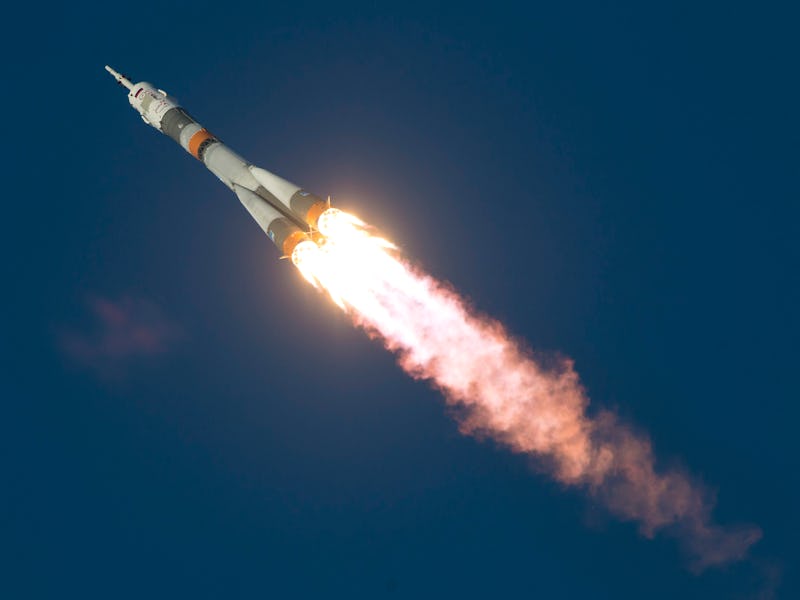NASA Releases Rocket and Aircraft Patents for SpaceX and Blue Origin to Sink Teeth Into
These technologies could improve space travel and human space colonies.

As the U.S. continues to shift away from space travel conducted by its government-funded entity, NASA, the agency has decided to put its advanced researched technologies to better use. Today, NASA announced it has released 56 of its formerly-patented technologies into the public domain.
While anyone can theoretically utilize this research through NASA’s public domain database, which now includes a collection of more than 1,000 technologies, the most likely beneficiaries are private space companies such as Elon Musk’s SpaceX and Jeff Bezos’ Blue Origin.
“By making these technologies available in the public domain, we are helping foster a new era of entrepreneurship that will again place America at the forefront of high-tech manufacturing and economic competitiveness,” Daniel Lockney, NASA’s Technology Transfer program executive, says in a press release. “By releasing this collection into the public domain, we are encouraging entrepreneurs to explore new ways to commercialize NASA technologies.”
SpaceX CEO Elon Musk unveils the company's new manned spacecraft, The Dragon V2, designed to carry astronauts into space during a news conference on May 29, 2014, in Hawthorne, California.
But Lockney is also looking beyond the established space agency players hoping to inspire the entrepreneurial minds of young engineers.
“I’d like to see the next generation come through instead of just establishing a new set of giants, I’d like to see more and more companies get into this area. It’s not SpaceX, Boeing, and Blue Origin that I’m excited about — it’s the yet unnamed companies,” Lockney tells Inverse. “I’m picturing new companies, young aerospace engineers in a college realizing for that the first time in the history of humanity that this commercial space endeavor is open to more and more people, it’s not strictly the work of government … or aerospace contractors.”
The agency says it conducted a rigorous review process before landing on these 56 technologies. The list includes advanced sensors, propulsion methods, rocket nozzles, thrusters, aircraft wing designs, and improved rocket safety and performance concepts.
NASA also says the technologies could be used to mitigate the dangerous gases created by humans living and working in a future space colony and inspire new rocket nozzles, injection systems, and propellants that will send future astronauts beyond our earth.
Patents detailing how to control the air flow around super sonic jets are included in the release, which could help the NASA-funded Lockheed Martin super sonic jet project that’s currently underway. This patent in particular was one NASA struggled with as to whether or not it should be released to the public.
“This particular technology we think is promising, but if you’re going to actually start testing we think it’s going to take a lot of money and a lot of time,” Lockney tells Inverse. “So, what our hope is: is that we can use this activity to help promote that technology and if someone is interested in continuing work along these lines they can come to NASA and we’ll work with them to advance the work.”
Although NASA admits that many of these former patents could require a lot of development, they were chosen because of their high value and unlikeliness to be licensed for commercial use. By doing this, NASA claims it isn’t losing potential money and can better spread the knowledge and research it expended to develop these technologies.
“A lot of companies will file patents to prevent people from doing stuff that they do and if we’re not licensing it, we’re doing that too,” Lockney tells Inverse. “That’s not our intention at all, our intention is always to get the technology out to as many people as broadly and widely as possible.”